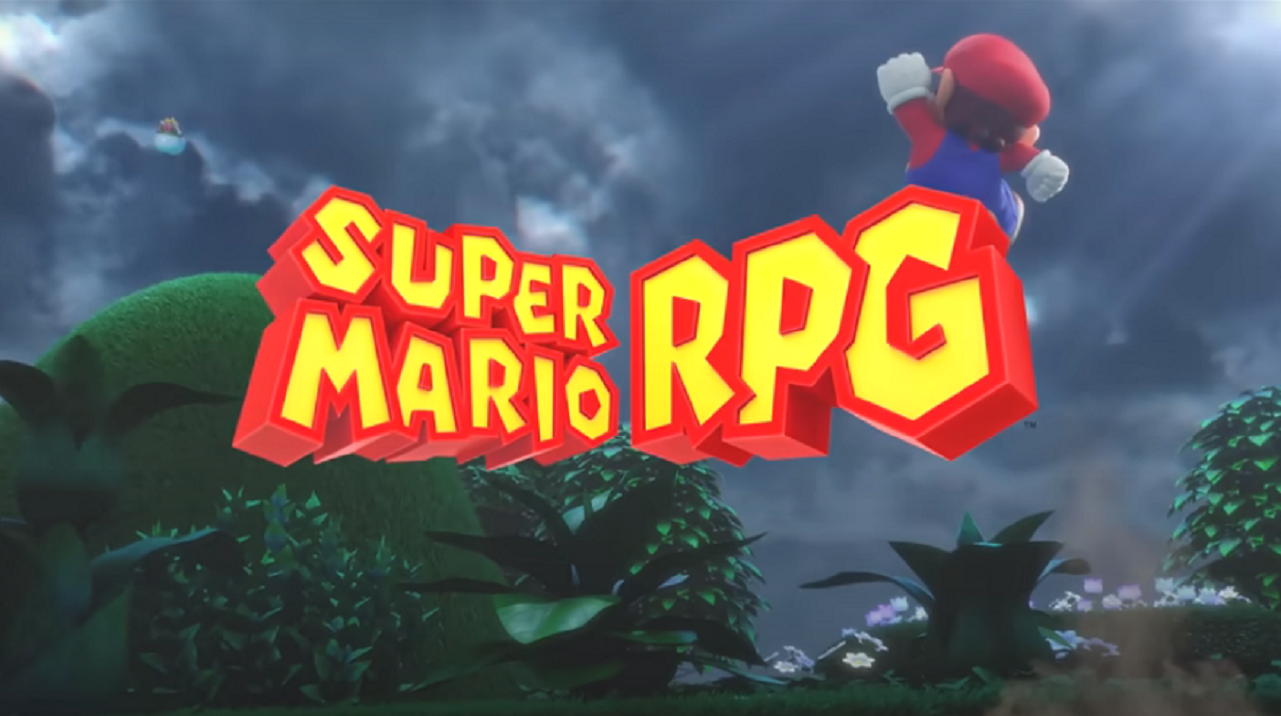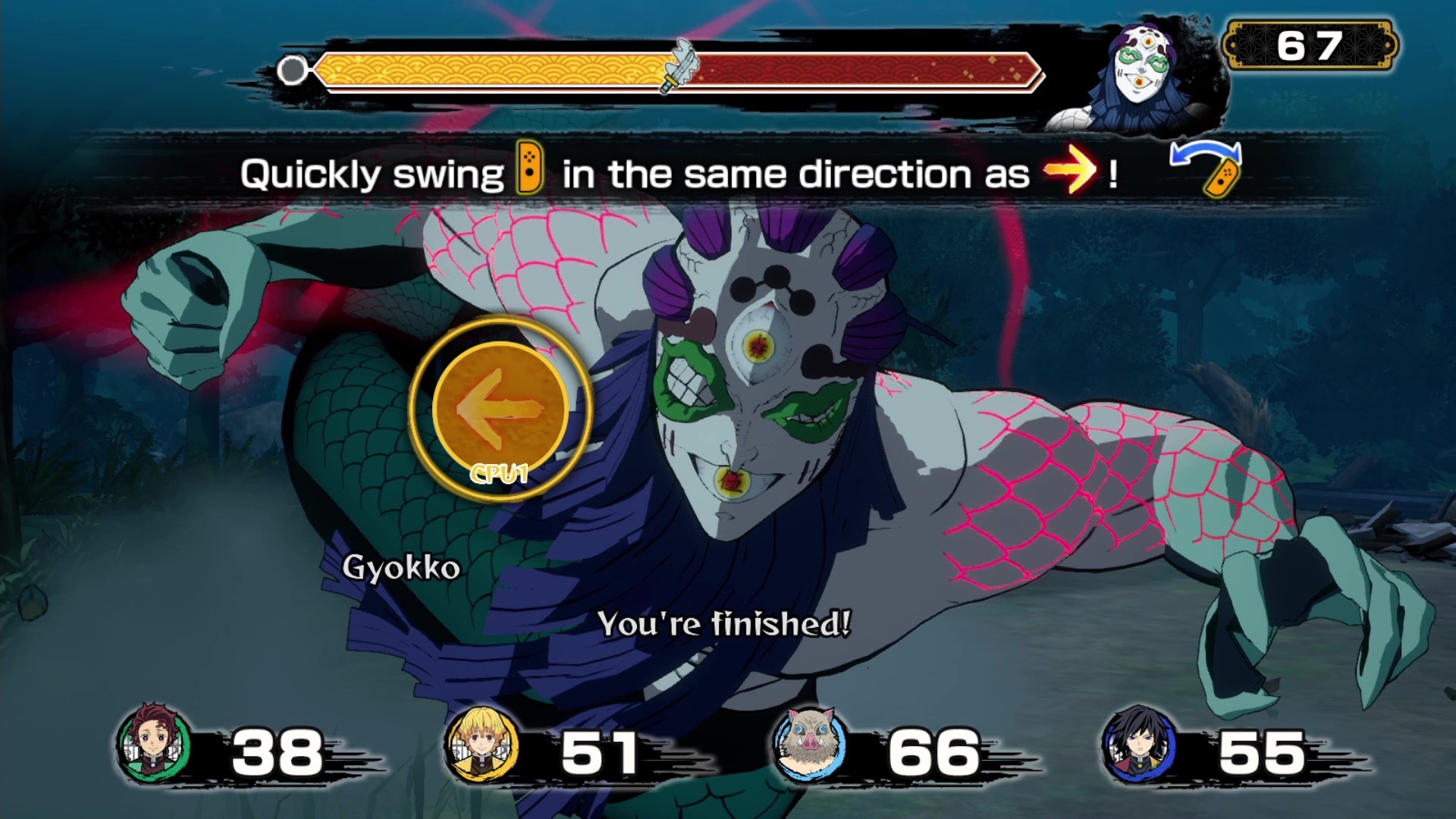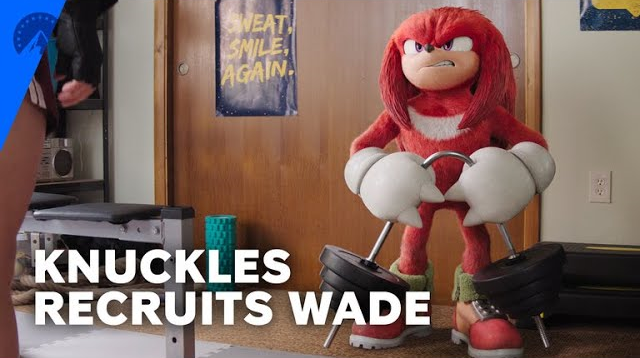Super Mario RPG (Nintendo Switch)

Super Mario RPG is considered one of the best JRPGs of all time. Any genre fan owes it to themselves to play it at least once, and there’s no easier way than this remastered Switch port. But even those less enamored with the genre would do well to check out this game. Though losing its Legend of the Silver Stars moniker, it’s gained much more.
Almost one year to the day from the release of the acclaimed Chrono Trigger, Square achieved another 2-million-plus seller for the SNES with the arrival of Super Mario RPG in March 1996. Thus, many gamers were either too young or not even born, missing out on this classic. Even older gamers might’ve missed out if they lived in a region where the game wasn’t released. The game still managed to be a top 20 best seller on the SNES, but the potential on the Switch is much greater, with an install base nearly three times the size (at the time of writing). A new generation of players can form their own fun memories with this classic.
It’s been years since I last revisited the original (on Wii U Virtual Console). But playing it on Switch, even with fresh aesthetics, felt comforting. I liken it to visiting a friend you haven’t seen in ages but can still quickly catch up with like it’s been mere days. The Star Road still needs repairing, and it’s up to the Mushroom Kingdom’s hero to save the day. But Mario’s adventure will take him well beyond Princess Peach’s domain.
This RPG world beckons exploration. It’s not merely a land filled with color-swapped toads and familiar yet generic backdrops. You’ll journey from a mining city filled with moles, to a puzzle-laden sunken ship, and even into a town inhabited by reformed monsters; all these locales exude freshness. Even the aforementioned toads manage to distinguish themselves, thanks to the evocative settings. Take, for instance, Rose Town— brimming with toads, yes (and flowers) but also under siege from paralyzing arrows. Watching your map expand beyond the Mushroom Kingdom is a joy as you wait to see what areas come next.
And, of course, being an RPG, Mario won’t be alone in his travels. Fresh-faced allies like the “tadpole” Mallow and “doll” Geno will soon get joined by familiar faces in new roles. For example, while rescuing Peach is an early (and established) goal, once she’s saved, she joins your party. Additionally, Bowser, whose castle was overtaken by the Smithy Gang (a catalyst for this adventure), will team up also. While this odd couple pairing is not unheard of in Mario spinoffs nowadays, it notably stood out at launch. Bowser’s motivations are obviously more inward when compared to Mario, Peach, and the others. Still, he shows some growth as a character; this is an RPG, of course, so such aspects deliver with writing of substance.
While plot developments are the reward, battling is what leads you to them. In Super Mario RPG, the combat always feels rewarding. I feel compelled to emphasize that, as later RPGs starring the plumber (some Paper Mario titles notably) have come up short in delivering consistently fun combat that feels satisfying. That’s not the case here. Even routine fights are entertaining, and the boss battles even more so; there’s not a dud in the bunch, making them all memorable.
Admittedly, part of what makes battling fun is the new eye candy that surrounds it. Leveling up, for instance, is no longer a solo character animation as you watch your stat numbers climb; the entire team dances in celebration. I thought the novelty might wear off over time, but I was mistaken. Another combat presentational perk is the triple moves. These powerful attacks have short but epic cutscenes that introduce them. They differ depending on the pair you have alongside Mario, but they are fun to watch and make landing the blows even more rewarding. My lone regret is that, even when five are together, “fighting is limited to three!”. With other RPGs doing parties of 4-6 (even back in 1996), this approach feels dated. But this classic method is faithful to the original while encouraging experimentation.
From the start, battles in Mario RPG have always felt more accessible compared to its RPG contemporaries of the day. Even more so with varied equipment that encouraged further fun experimentation with different fighting approaches. The same remains true on Switch, and the new “Breezy Mode” makes for a cozier challenge, less daunting for inexperienced players. I beat the game primarily in this mode, not for lack of experience (I’ve played the original SNES cart and VC port) but because it was new. I also didn’t feel the need to challenge myself on this playthrough. Pronounced differences didn’t stand out in the early goings, but I later noticed the ease. Leveling up faster with less grinding and taking down bosses quicker than usual stood out. This new mode doesn’t impact the story aspects, nor platforming bits or puzzles.
While I commend this less challenging mode, I can’t help but wish there was also an offering for veterans of the original release desiring a higher difficulty setting. Perhaps a future update can add this feature. At least the new mode isn’t a permanent lock, so once I longed for more challenge, it was a quick flip back to normal.
Returning to the visuals, I initially worried about missing the iconic look of the SNES original. The “rendered SGI” graphics were so iconic – this is the game that taught me about the Super Accelerator chip. But once I let myself get lost in the game, I found my fears unwarranted. Super Mario RPG is one great-looking game with vivid color, lots of detail, and great lighting, even when playing undocked. Seriously, how cool is it to play this game in handheld mode? It’s a dream come true, especially with all the new cutscenes. My one wish would be to flip between the original and updated looks as you can with the music.
Speaking of the audio, when you see the name of composer Yoko Shimomura attached, you know the type of high quality you’re getting. Since the NES days, she’s been delighting gamers’ ears. What else can I say? I lost more than a few minutes just passively listening to some of the standout tracks. Whether you prefer the remastered soundtrack, the classic chiptunes, mix and match both, or love everything on offer, this is a musical delight. I can’t stress enough how grateful I am to be able to change between soundtracks.
While I was sad to reach the end, that’s also a sign of a great game. And I know this is one I’ll replay. Even in the short term, there is post-game fun to have. For example, seeing that I had found less than half the hidden treasures won’t cut it for me. Another instance is the minigames. My records on the Midas River and during the Mine Car Race I know can be improved. There are a few other extras to be surprised with, too.
A shorter game by RPG standards, it’s not unreasonable to consider the full launch price of this Switch release relative to the content. All the same, even a loose SNES cartridge of this game costs more while having fewer features. The quality of life updates plus being able to play in handheld mode make this game worth it, especially knowing I’ll replay it.
Many subsequent Mario RPGs have been great, ones I’ve played more often and for lengthier stretches. Still, this game has a charm the later entries can’t quite match. It stands out in ways others blur, and even decades later, it feels fresh and unique. It takes you back to the mid-90s, without the datedness you might fear. It just goes to reiterate that the best games are timeless.
Fans of the original are sure to enjoy this excellent, faithful update with quality additions and improvements. Yet, I’m even more excited for those who’ve never played this one. Beyond the notable balance and pacing successes, this game excels with characters, locales, and plot developments. With little to complain about and much to celebrate, Super Mario RPG is a delight, one of the most enjoyable games I’ve played on the Switch. Not to be missed.




